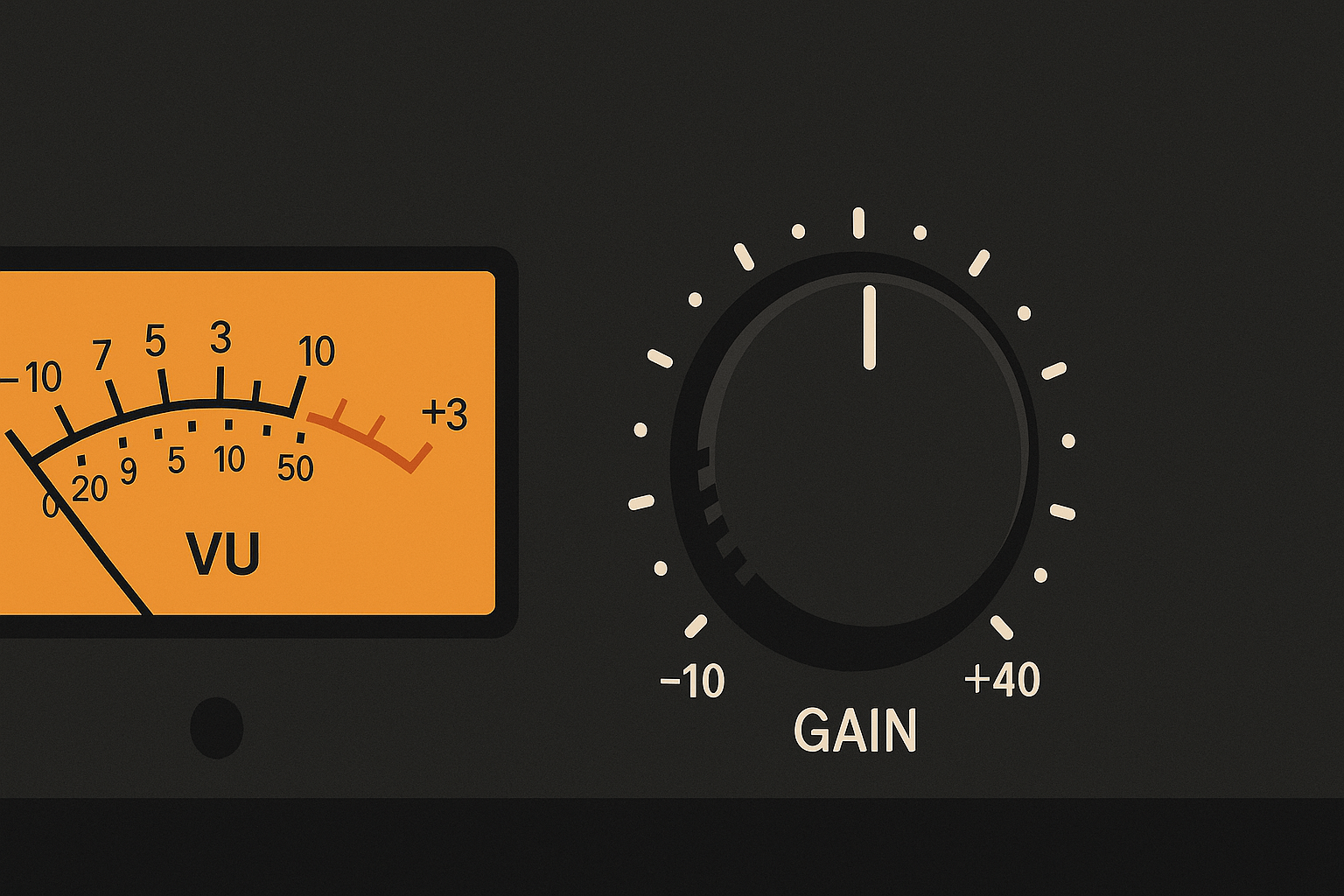If you’ve spent even a little time messing around with audio gear—whether you’re recording vocals, spinning vinyl, or trying to beef up your home theater—you’ve probably come across the word “preamp.” But what does it actually do? And do you really need one?
Let’s break it down step by step, no technical jargon overload—just the essentials so you can decide if a preamp should be part of your setup.
What’s a Preamp, Anyway?
At its core, a preamp (or preamplifier) is a device that boosts weak audio signals so they’re strong enough to be processed by other gear, like amplifiers, mixers, or audio interfaces.
Imagine you’re using a microphone to record your voice. The signal coming out of that mic is super quiet—it needs help. That’s where the preamp comes in: it takes that quiet signal and brings it up to a usable level without (hopefully) adding noise.
Basic Role in Your Audio Chain
A preamp usually sits right after your input source (like a mic, instrument, or turntable) and before your main amplifier or audio interface. It’s basically the first step in making your sound clean, clear, and ready for action.
How Do Preamps Work?
Without diving too deep into the science, here’s a quick look at what a preamp actually does under the hood:
A. Signal Amplification
This is the big one. A preamp amplifies low-level signals (like those from a mic or guitar) up to “line level,” which is the standard strength needed for your other gear to process it properly.
B. Impedance Matching
Preamps also help match the impedance between your input (say, a guitar) and your output (like an audio interface), which basically ensures that your signal transfers cleanly and efficiently.
C. Noise Reduction
Good preamps amplify your signal without cranking up unwanted noise. Cheaper gear might add a hiss or hum, but a quality preamp keeps things clean.
Different Types of Preamps
Not all preamps are created equal. Depending on what you’re plugging in, you’ll use different kinds:
A. Instrument Preamps
Used with electric guitars, basses, or synths. These help your instrument sound full and punchy—especially if you’re going straight into a recording interface.
B. Microphone Preamps
These are super common. Most audio interfaces have mic preamps built in, but standalone ones can offer better sound quality and more control.
C. Phono Preamps
If you’re into vinyl, you’ve likely heard of these. Turntables send out very low signals and need a phono preamp to bring them up to line level—and also apply RIAA equalization (a fancy word for restoring the proper tone balance).
D. Home Theater/Receiver Preamps
In surround sound setups, these control volume, source selection, and signal routing before sending the audio to your power amplifier.
When Do You Need a Preamp?
Not everyone needs to go out and buy a standalone preamp. But in these situations, they can make a huge difference:
A. Musicians and Recording Artists
If you’re recording with a mic or instrument, a preamp helps capture a cleaner, more professional sound. It’s especially useful when you want more control over your tone.
B. Audiophiles
If you’re chasing the purest, richest sound from your vinyl or high-end gear, a high-quality preamp can elevate your listening experience.
C. Home Studio Setups
If you’re building a home studio, you’ll eventually run into gear that just sounds better with a proper preamp. Whether it’s for vocals, instruments, or outboard gear, a preamp often becomes essential.
D. Home Theater Systems
Receivers usually have built-in preamps, but if you’re running separates (like a processor and power amp), a dedicated preamp is a must.
How to Choose the Right Preamp
So you’ve decided a preamp might be worth it. What should you look for?
A. Key Features to Consider
- Gain range – How much boost can it give?
- Tone shaping – Some preamps add color, others stay neutral.
- Phantom power – Needed for condenser microphones.
- Connectivity – XLR, TRS, RCA? Match your gear.
B. Budget Considerations
You don’t have to drop a fortune. Plenty of solid budget options exist, especially for beginners. Start simple—then upgrade as your needs grow.
C. Compatibility
Make sure the preamp plays nice with your existing setup. Not every preamp works with every mic or turntable, and you don’t want to waste cash on the wrong match.
Pros and Cons of Using a Preamp
Like any gear, preamps come with their highs and lows.
A. Pros
- Cleaner, stronger signal
- Better sound quality (especially with standalone preamps)
- More control over your tone
- Essential for certain gear (like turntables or some mics)
B. Cons
- Extra cost
- More gear to manage
- Not always needed if your audio interface or receiver has good built-in preamps
Final Thoughts: Do You Need a Preamp?
Here’s the bottom line: if your current setup works and sounds good to you, you might not need to rush out and buy a preamp. But if you’re looking to level up your sound, reduce noise, or get more control, a preamp could be the missing link.
Quick Recommendations:
- Just starting out with podcasting or music recording? Your audio interface’s built-in preamp is probably fine.
- Serious about sound quality for vocals or instruments? Consider a dedicated mic preamp.
- Got a turntable with no built-in preamp? You’ll need a phono preamp to enjoy your records.
- Building a home theater with separate components? Yep, a preamp is a must.
Preamps might not be the flashiest part of your audio setup, but they’re often the unsung heroes behind clean, rich, powerful sound. Now that you know what they do, you can decide whether it’s time to add one to your chain.

Leave a Reply